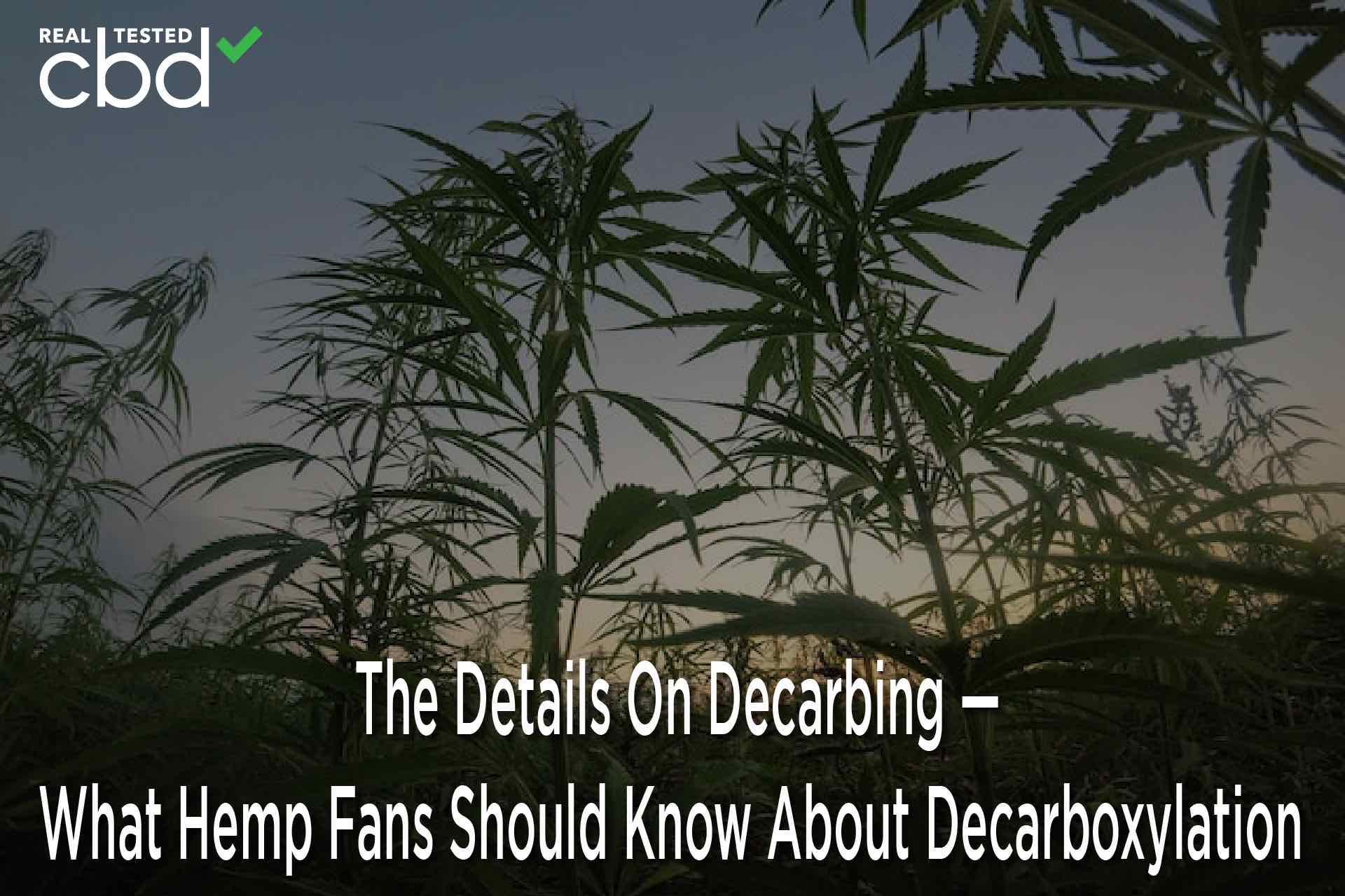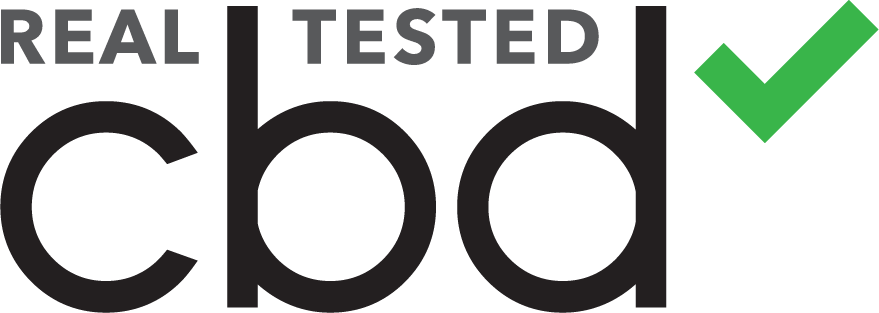
Decarboxylation is a scary-looking word, but it’s a reasonably straightforward process. If you’ve smoked or vaped CBD flowers before, you already have first-hand experience “decarbing” hemp!
Basically, decarboxylation is a fancy term for heating cannabis flowers. The reason cannabis extractors and manufacturers use this word has to do with a significant chemical transformation. Interestingly, when we “decarb” weed, we change the atomic structure of significant cannabinoids like CBD. It’s essential for CBD customers to know how decarboxylation works to ensure they’re getting the most use out of their hemp products.
What’s The Point Of Using Decarboxylation For CBD Hemp?
As we’ve already established, decarboxylation involves using heat to transform the natural cannabinoids in hemp flowers. If you want to get more technical, decarboxylation removes a “carboxyl ring” from raw cannabinoids, which turns them into the standard cannabinoids we’re more familiar with.
You may hear some hemp experts use the terms “decarbing” and “activating” interchangeably to describe this process. Even though cannabinoids are present in raw hemp flowers, they aren’t in an “active” state. It’s only after trichomes have some exposure to heat that these raw cannabinoids shed this “acidic state” and turn into more bioavailable compounds (e.g., CBD and delta-8 THC).
There’s some debate over the therapeutic potential of acidic compounds like CBD-A, but most scientists agree they aren’t as potent as decarbed cannabinoids. There’s also evidence that acidic cannabinoids have virtually no psychoactive potential. This is a primary reason people who juice or eat raw cannabis leaves don’t feel “high” afterward. Although THC-A may have some therapeutic uses, it doesn’t bind with the brain’s CB1 receptors as delta-9 THC does.
So, the point of decarbing cannabis flowers is to provide customers with the most potent effects possible. Even though CBD is non-intoxicating, CBD-A doesn’t produce the same calming and anti-inflammatory effects people expect with CBD products. Since CBD has an easier time interacting with the endocannabinoid system, it’s far more desirable.
How Could Customers “Decarb” Their CBD Hemp Flowers?
If you’re using manufactured goods like CBD tinctures, topicals, or edibles, you don’t need to worry about decarbing your products. Extractors use heat and pressure in their labs to activate cannabinoids like CBD and CBG before shipping them out for sale. For those curious about CBG near me, be sure to check out this Real Tested CBD page.
Aside from professional manufacturers, the only people that need to worry about decarbing hemp are those who want to make DIY CBD edibles, infusions, or topicals. If you only mix hemp flowers into a butter recipe, you won’t enjoy CBD’s effects. Instead, your “CBD butter” will have a lot of CBD-A compounds!
So, before you start baking CBD goodies, you need to bake your hemp buds in the oven. There are many suggested decarboxylation methods online, but most recommend setting your temp to no higher than 245° F. It’s always better to decarb your hemp “low & slow” to avoid burning it.
Put your hemp on a tray lined with parchment paper and pop it in the oven for about 40 minutes. This simple strategy should be enough time to activate most cannabinoids and terpenes in your hemp flowers.
Don’t Bother Decarbing Disgusting Hemp! — Always Check Real Tested CBD’s Reviews
Decarboxylation helps activate your hemp strain’s cannabinoids, but it can’t get rid of potentially harmful compounds like heavy metals, pesticides, and insecticides. If you’re planning to smoke, vape, or infuse hemp flowers, you need to verify they have sterling lab reports.
At Real Tested CBD, we run every hemp flower we review through our rigorous screening standards. Please take advantage of the dozens of unbiased reports on Real Tested CBD’s website to help you find a delightful & decarb-worthy hemp nug.
Advertising disclosure: We may receive compensation for some of the links in our stories. Thank you for supporting LA Weekly and our advertisers.

